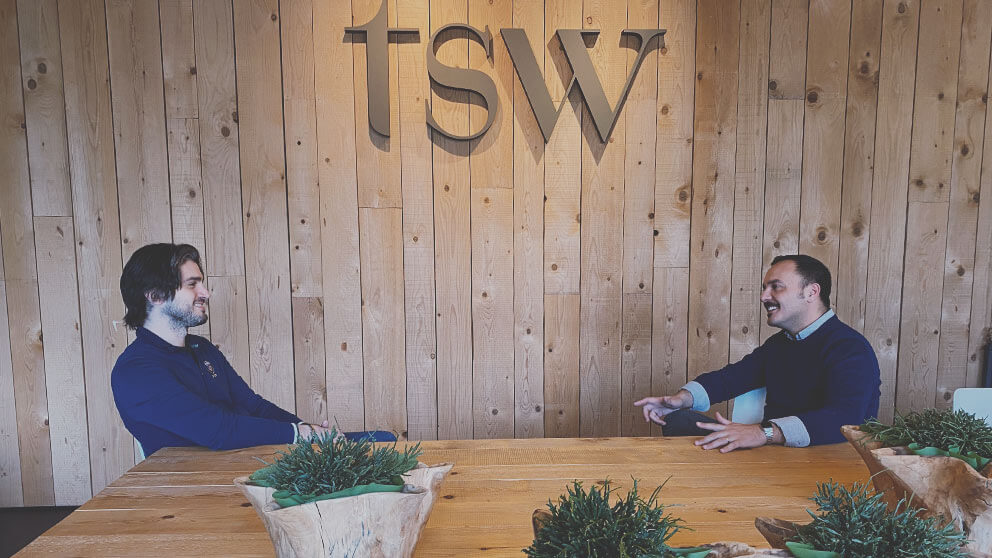How we think, what excites us, what makes us feel better
We are at the beginning of a revolution.
Until now, marketing has always been product marketing. A marketing that has always worked on the commercial component of the service or product, left alone on the shelf. Left alone on a product page; left alone because it is covered in more or less attractive packaging.
Listening and observing is not easy because we are immersed in a context in which it is no longer the lack of information that prevents conscious choices, if anything it is the information overload that entails the need to choose which information to read, how to frame it, how to connect the data.
Furthermore, listening and observing is not easy because it makes a difference between a before and an after: once you have taken note of the truths that occur daily in the relationship between a brand and its customers, you can no longer ignore them.
The revolution therefore consists in this: marketing is increasingly becoming a marketing of experiences. It is no longer just the product or service component, but it is increasingly the experiential component that guides our choices and desires as consumers.
Basically it has always been like this: all brand management activities are aimed at thickening the immaterial component of the brand, its ability to be a semiotic device, its ability to represent us also through our consumption choices.
Marketing of experiences also means choosing for the quality of the experience that that product or service offers and it is for this reason that the companies that will prosper will be the ones that put the experiences they offer their customers first.
It is true that listening and observing is not easy, but today we know something more about the human being. For example, we know how to interpret what excites us, decode what we think, translate what makes us feel better: at TSW we have been applying this approach for many years, but not with an extractive intent. Ours is not the intent of those who observe through the keyhole, of those who collect data in a dark corner.
On the contrary, ours are open, bright places of sharing and collaboration; places where brands and companies can spontaneously and disinterestedly meet those who consciously choose to donate an experience, to place their own experience in the hands of those who will take care of and take care of that experience.
Many companies work on acquiring new customers, but not many companies apply all the levers of listening in a structural and continuous way to improve customer relations. It’s true: there are loyalty programs, complaints and returns are counted, some RFM-type analysis on first-party data tells us which customers are the most loyal.
But not all companies continuously and constantly listen to the experiences that their products and services offer to their own customers.
And even fewer design these experiences together with the people who will live them.
What we do at TSW is just this: enabling companies to design and build and improve experiences with those who will make them their own. Let’s take some examples:
- Costa Cruises puts users’ perceptions under the magnifying glass of neuroscience when faced with a television commercial which shows elements (i.e., a cliff) that can be decoded as negative, dysphoric. Thanks to TSW’s approach we have demonstrated that users’ attention is actually focused on elements other than potentially negative ones, and therefore it is a spot that perfectly achieves its purpose.
- For Nintendo we have demonstrated that the concentration of users in the face of an immersive gaming experience is so profound that they do not even notice – paradoxically – a person in the flesh who wanders through the streets of the city wearing a rooster mask.
- We have demonstrated for Nike that the perception of the spot improves if preceded by pleasing and pleasant advertising contents that capture the attention of the people who are viewing them.
- During a comparative survey on pasta packaging, we ascertained that it is not the most authentically organic pasta that is perceived as such, but that it is pasta that uses certain color codes in the packaging (tending towards green) that is considered more organic compared to others.
- Neurosciences also help us in comparing the effectiveness of an Audi commercial between the short and the long version: we showed a sample of male audiences the two versions of the commercial, a metaphorical narration with respect to the characteristics of the car. We note a noticeable drop in users’ attention in the extended version (each time, corresponding to the frame in which a dancer skates on the ice): something that does not occur in the short version (where there is no dancer’s frame). What happens if we replace the ballerina’s frame with that of an ice hockey match? In the male audience sample, this substitution canceled out the attention drop.
These examples tell of some fields of application of the ability, or better of the will, to apply listening and research to every point of contact between the brand and its customers, whether it is a website, a shop window, a packaging or a retail space.
We have at our disposal a very wide range of disciplines that study man, from the more properly neuroscientific ones (as in the examples above) to those related to consumer psychology, ethno-anthropological observation, from linguistics to semiotics, from design to ergonomics.
The basic element is always the same: design together with people.
And the requisite is above all one: time, attention and care.
And maybe a big wooden table.
